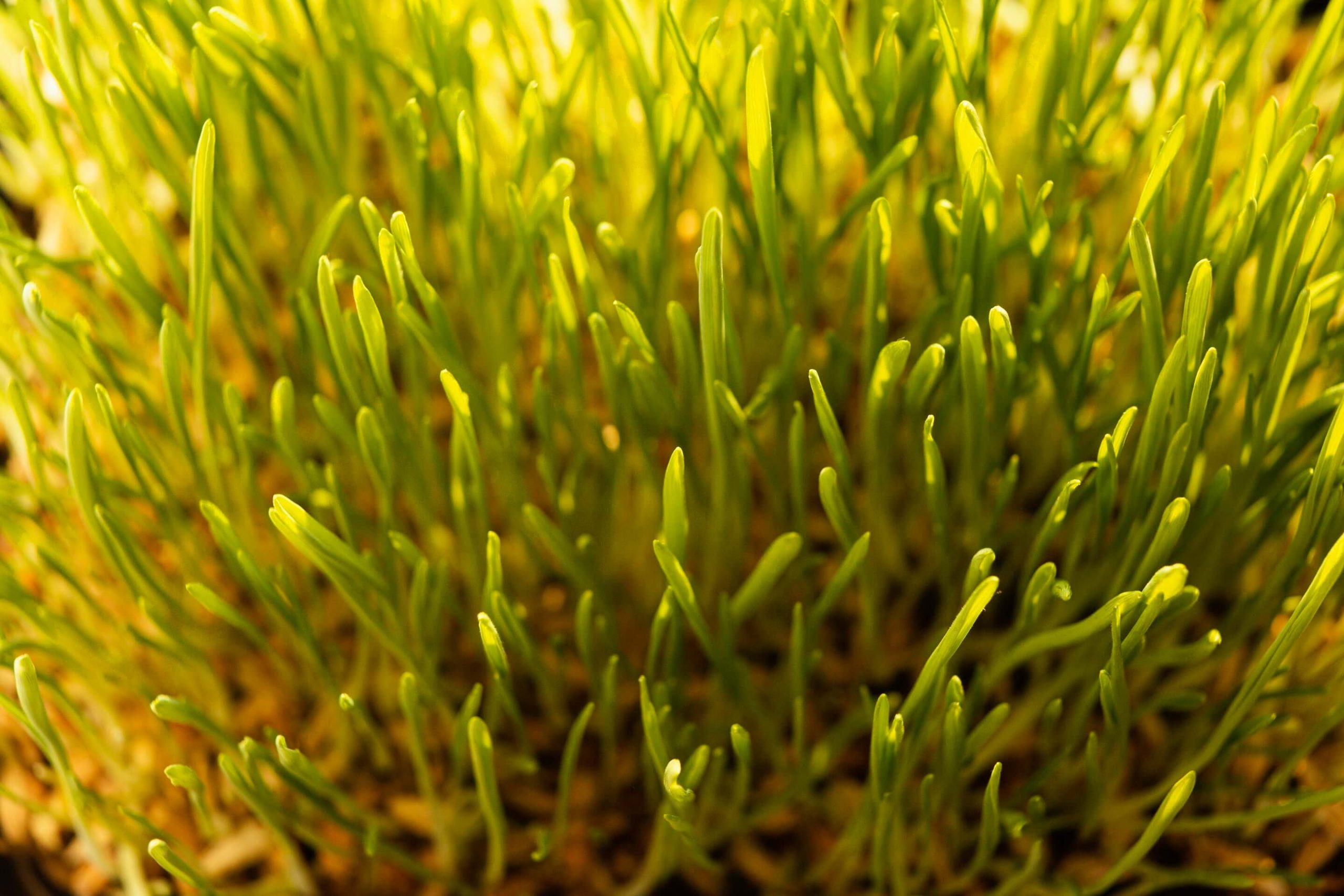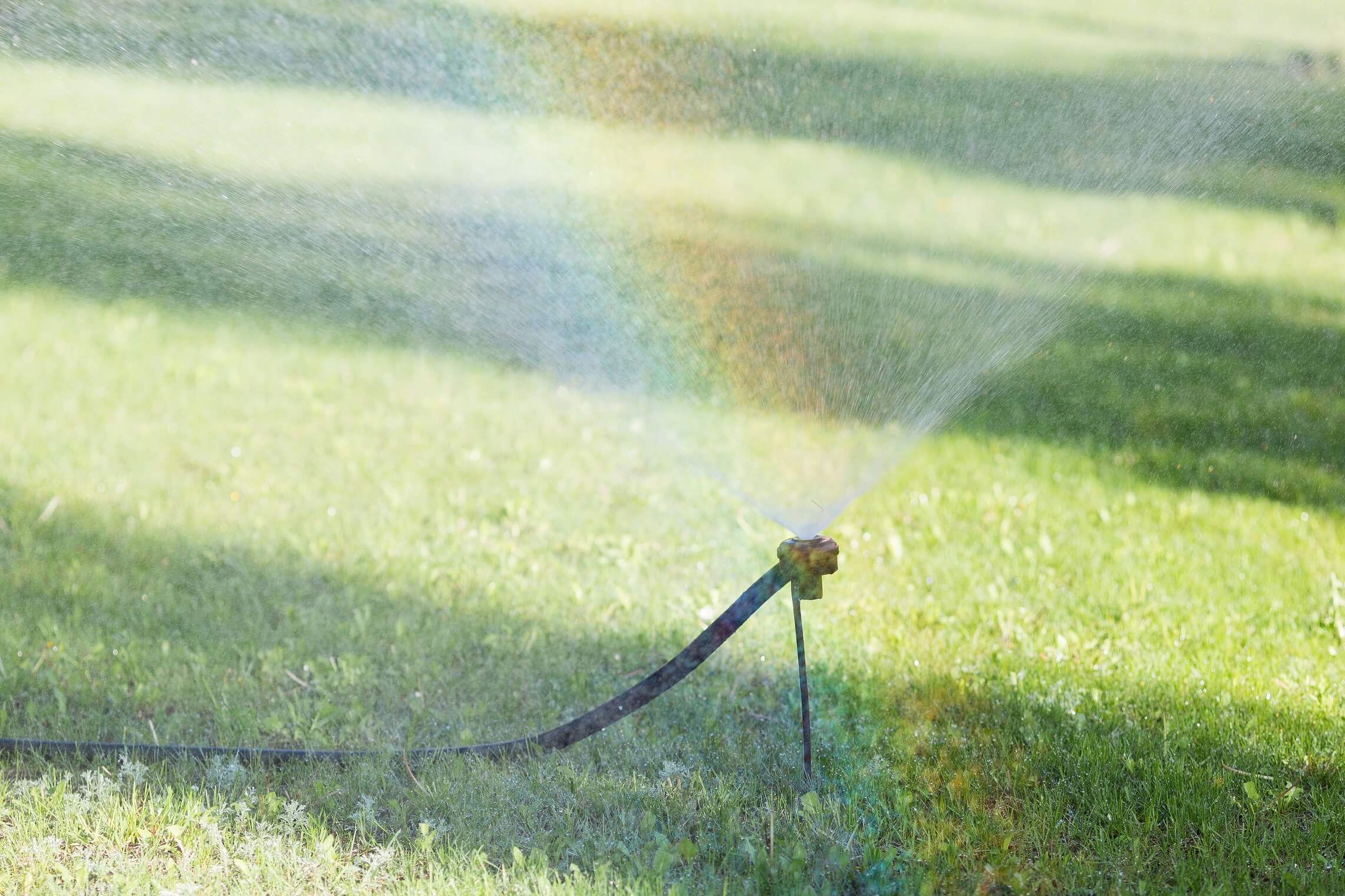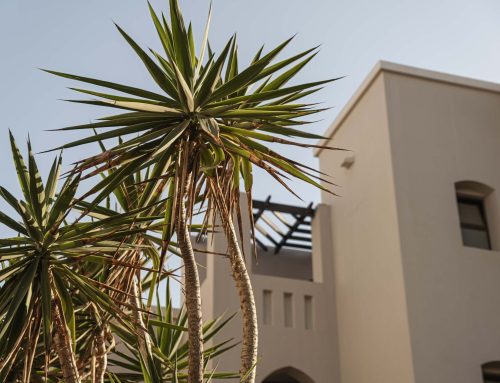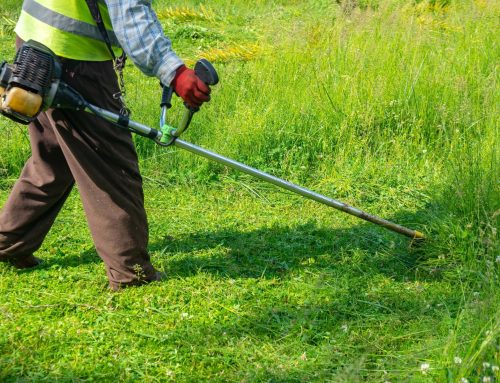Transforming your outdoor space into a vibrant oasis begins with understanding the intricate process of grass growth, whether through seeding or sodding. In this comprehensive guide, we’ll explore the journey from seed to sod, unraveling the mysteries of germination, rooting, and maintenance to help you achieve a lush and healthy lawn.

Understanding Grass Seed Germination
Grass seed germination marks the beginning of your lawn’s journey. The timeline for grass seed to sprout varies depending on several factors, including grass species, environmental conditions, and proper care. Generally, grass seed germination can take anywhere from 5 to 30 days, with some species germinating faster than others. For instance, Kentucky bluegrass and perennial ryegrass typically germinate quicker than fescue varieties.
Factors Affecting Root Development
Robust root development is essential for the long-term health and vitality of your lawn. Several factors influence root growth, including soil moisture, temperature, aeration, and nutrient availability. Adequate watering, proper soil preparation, and timely fertilization are key to promoting healthy root systems in newly seeded lawns. Additionally, compacted soil can hinder root penetration, so aerating the soil before seeding can enhance root development.
Monitoring Sod Rooting
When laying sod, monitoring rooting progress is crucial for successful establishment. Rooted sod exhibits resistance to lifting and a reduction in gaps between sod pieces. Typically, sod takes about 2 to 4 weeks to root under optimal conditions. During this period, it’s essential to provide consistent watering to keep the soil moist and facilitate root growth.

Grass Growth: Post-Installation Maintenance
After seeding or sodding your lawn, proper maintenance is essential to promote healthy growth and establishment. For newly seeded lawns, frequent watering is necessary to keep the soil moist until germination occurs. Once grass seedlings emerge, gradually reduce watering frequency while allowing the soil to dry slightly between waterings to encourage deeper root growth.
Similarly, newly laid sod requires regular watering to ensure proper root establishment. Avoid walking on newly laid sod for the first 2 to 3 weeks to prevent displacement and damage to developing roots. Additionally, refrain from fertilizing newly sodded areas immediately after installation to avoid stressing delicate roots. Wait at least 4 to 6 weeks before applying fertilizer to allow roots to establish firmly in the soil.
Optimizing Watering Practices
While adequate watering is crucial for lawn establishment, it’s possible to overwater, leading to shallow root systems and other issues. To prevent overwatering, water deeply but infrequently, allowing the soil to dry slightly between waterings. Early morning watering is ideal, as it reduces water loss due to evaporation and minimizes the risk of fungal diseases.
Disappearance of Sod Lines
As your newly seeded or sodded lawn matures, sod lines will gradually disappear as grass fills in and roots intertwine. With proper watering, fertilization, and maintenance, sod lines should become less noticeable within a few weeks to months after installation, depending on grass growth rates and environmental conditions.
The journey from seed to sod requires patience, diligence, and proper care to achieve a lush and healthy lawn. By understanding the factors influencing grass growth and implementing appropriate maintenance practices, you can cultivate a vibrant outdoor space to enjoy for years to come. For professional guidance and assistance in lawn establishment and maintenance, contact Cutters Edge. Our expert team is dedicated to helping you achieve the lawn of your dreams





